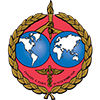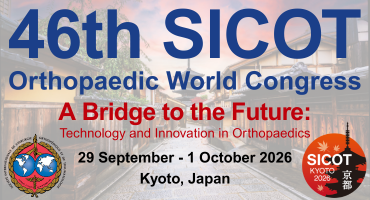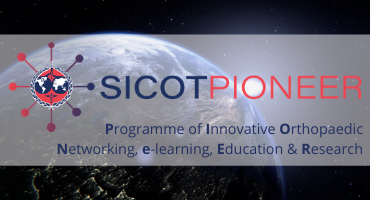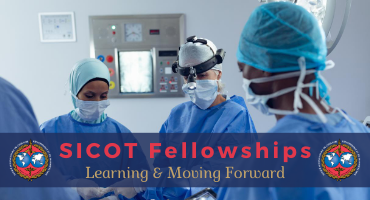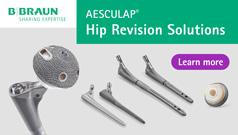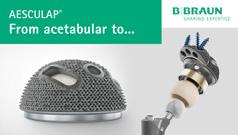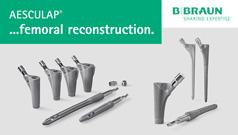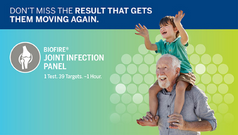Ultrasound-guided erector spinae plane block for traumatic rib fractures: A feasible method of analgesia for the nonspecialized emergency physician
Injury. 2025 Jul 1:112569. doi: 10.1016/j.injury.2025.112569. Online ahead of print.
ABSTRACT
INTRODUCTION: Rib fractures are associated with substantial morbidity and mortality. Ultrasound-guided erector spinae plane block (ESPB) is increasingly used to manage pain in patients with rib fractures. However, ESPBs are often performed by proceduralists with extensive experience in regional anesthesia. The purpose of this study was to determine whether nonspecialized physicians could effectively perform ESPBs in patients with rib fracture pain in the emergency department.
METHODS: In a prospective convenience sample of 19 patients who came to the emergency department with rib fractures, ESPBs were performed by resident physicians under the supervision of experienced attending physicians. Pain scores, opioid use in morphine milligram equivalents (MME) per day, forced vital capacity, and maximum inspiratory pressure (MIP) were compared before and at several time points after ESPB.
RESULTS: Pain scores were higher before ESPB (median [IQR], 7.0 [6.0-8.0]) than at any time point after the procedure (P = .018). Median (IQR) opioid usage before ESPB was 57.6 (43.5-92.6) MME/d, which was significantly reduced at 24 h after ESPB (median [IQR], 51.5 [29.5-82.9] MME/d; P = .020) and during the remainder of the patients' stay (median [IQR], 33.8 [9.6-50.7] MME/d; P = .003). Further analyses showed that MIP before ESPB (median [IQR], 27.5 [6.3-32.5] cm H2O) was significantly lower than that at 0 to 6 h (median [IQR], 40.0 [35.0-60.0] cm H2O; P = .040), 12 to 18 h (median [IQR], 49.0 [30.0-60.0] cm H2O; P = .039), and 18 to 24 h (median [IQR], 60.0 [35.0-60.0] cm H2O; P = .028) after ESPB. No complications, 30-day readmissions, adverse events, or deaths occurred.
CONCLUSION: When adequately educated and supervised by experienced physicians, nonspecialized proceduralists can safely perform the ESPB procedure in the emergency department to provide effective analgesia to patients with rib fractures. ESPBs significantly decreased pain scores, reduced opioid usage, and improved respiratory mechanics.
PMID:40628600 | DOI:10.1016/j.injury.2025.112569
